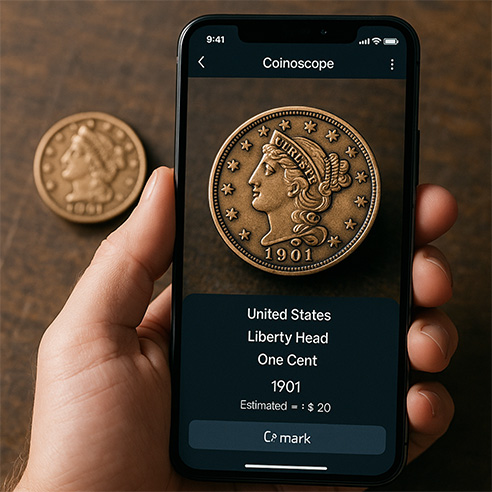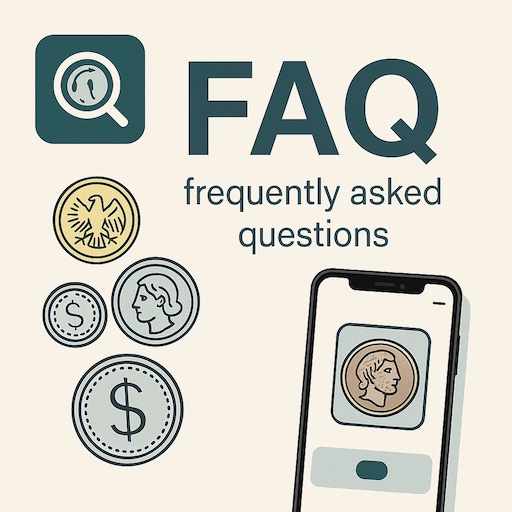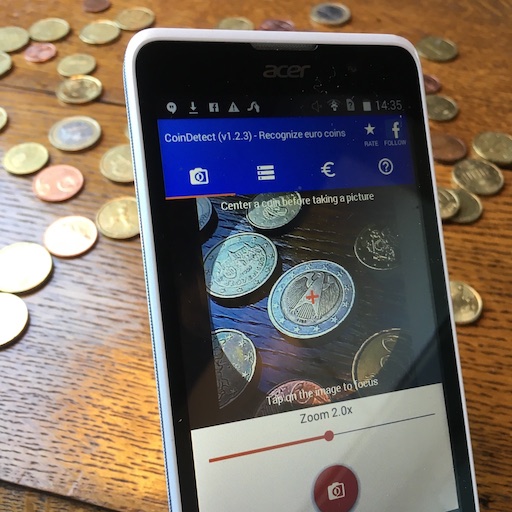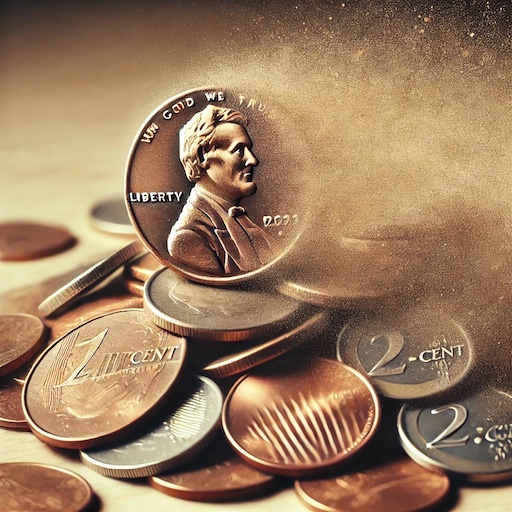
The Disappearance of Small Denomination Coins: A Global Trend
Small denomination coins are gradually vanishing from circulation, a trend driven by inflation, rising production costs, and the shift towards digital payments. As small coins disappear from circulation, they become more valuable to collectors, opening up exciting opportunities for those interested in preserving history.
US President Donald Trump has instructed the Treasury to stop producing new pennies, calling them wasteful. According to the US Mint's 2024 annual report, making and distributing a one-cent coin costs 3.69 cents. The move follows concerns raised by Elon Musk's Department of Government Efficiency about the high cost of minting pennies. While critics argue small coins waste resources, supporters say they help keep prices lower and aid charities. This decision places the US among a growing list of nations reconsidering minor denominations.
For centuries, small denomination coins have played a crucial role in everyday transactions, allowing people to make precise payments and receive exact change. However, in recent years, countries around the world have been gradually phasing out these low-value coins, citing economic inefficiency, production costs, and the growing trend of digital payments. But what does this mean for coin collectors and numismatists?
Why Are Small Coins Being Removed?
Several factors contribute to the removal of small denomination coins:

1. High Production Costs – In many cases, the cost of producing and distributing small coins exceeds their face value. For example, in some countries, a 1-cent or 2-cent coin may cost more than double its worth to mint and circulate. This makes them uneconomical for governments to keep in circulation, despite their historical significance.
2. Inflation and Decreased Purchasing Power – Over time, inflation erodes the value of small coins, making them less useful in everyday transactions. What could once buy a small item decades ago is now virtually worthless, leading to diminished demand. However, for numismatists, these coins can become hidden treasures, offering a glimpse into past economies and coinage history.
3. The Rise of Cashless Payments – With the increasing use of digital payments, credit cards, and mobile wallets, the reliance on physical cash, especially small coins, has significantly decreased. Many retailers round transactions to the nearest 5 or 10 cents, eliminating the need for minor denominations. But for collectors, this trend presents an opportunity to preserve and document these coins before they vanish from everyday use.
4. Environmental Considerations – Mining and producing metal coins contribute to environmental issues, including resource depletion and energy consumption. By phasing out small coins, governments can reduce their environmental footprint. This adds an extra layer of significance for collectors who seek to conserve the heritage of these diminishing denominations.
Countries That Have Phased Out Small Coins
Numerous countries have already removed or are in the process of eliminating small denomination coins:
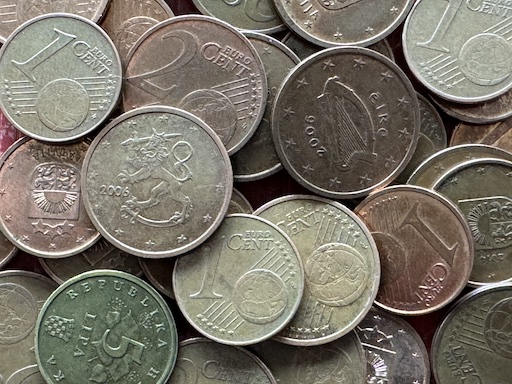
- United States – Recently announced plans to halt penny production, following cost concerns.
- Canada – Phased out its 1-cent coin in 2013, with cash transactions now rounded to the nearest 5 cents. The penny has since become a sought-after collectible (Read more: "Phasing out the penny").
- Australia & New Zealand – Removed their 1- and 2-cent coins in the 1990s due to inflation and rising production costs, making them increasingly rare in circulation (Read more: "25th anniversary of the removal Australia's 1 and 2 cent coins from circulation").
- European Union – Some eurozone countries, including Finland, Ireland, and the Netherlands, have stopped issuing 1- and 2-cent euro coins, opting for rounding rules instead. These coins are now highly desirable among European collectors (Read more: "EU eyes phasing out smallest euro cent coins").
- Sweden & Norway – These countries have eliminated several low-value coins and are increasingly moving towards a cashless economy, making their discontinued coins even more interesting to numismatists.
- United Kingdom – While 1p and 2p coins are still in circulation, no new ones were minted in 2024 due to the declining use of cash (Read more: "No new coins ordered by the Treasury this year").
Impact on Collectors and Coin Enthusiasts
The elimination of small denomination coins has mixed effects:
- Increased Rarity & Collectability – As these coins disappear from circulation, their scarcity grows, increasing their numismatic value. Coin enthusiasts may find that once-common coins suddenly become sought-after collectibles.
- Potential for Higher Market Value – Coins that are no longer in circulation often gain value over time. Those who collect and preserve them now might see them become valuable assets in the future.
- Historical and Educational Significance – Small denomination coins often feature unique designs, historical figures, and cultural symbols. Preserving these coins is a way of maintaining a tangible link to the past.
- Coin Identification Made Easy – With apps like Coinoscope, collectors can take a photo of a physical coin and instantly identify it, making it easier than ever to catalog and determine its value. This helps numismatists discover rare coins and assess their worth with accuracy, even as small denomination coins become rarer.
The Future of Small Coins and Numismatics
With digital payments becoming the norm, the role of physical cash is evolving. While larger denominations are likely to persist, the gradual elimination of small coins signals a broader shift in how money is used. However, for coin collectors, this is an exciting time! The disappearance of small denomination coins adds a sense of urgency and opportunity for numismatists to preserve history before it fades away.
The disappearance of small denomination coins marks a turning point in monetary history, but for collectors, it presents a thrilling new chapter. Whether you're an amateur numismatist or an experienced collector, now is the perfect time to use tools like Coinoscope to discover, document, and evaluate these tiny yet fascinating pieces of history before they become relics of the past.




